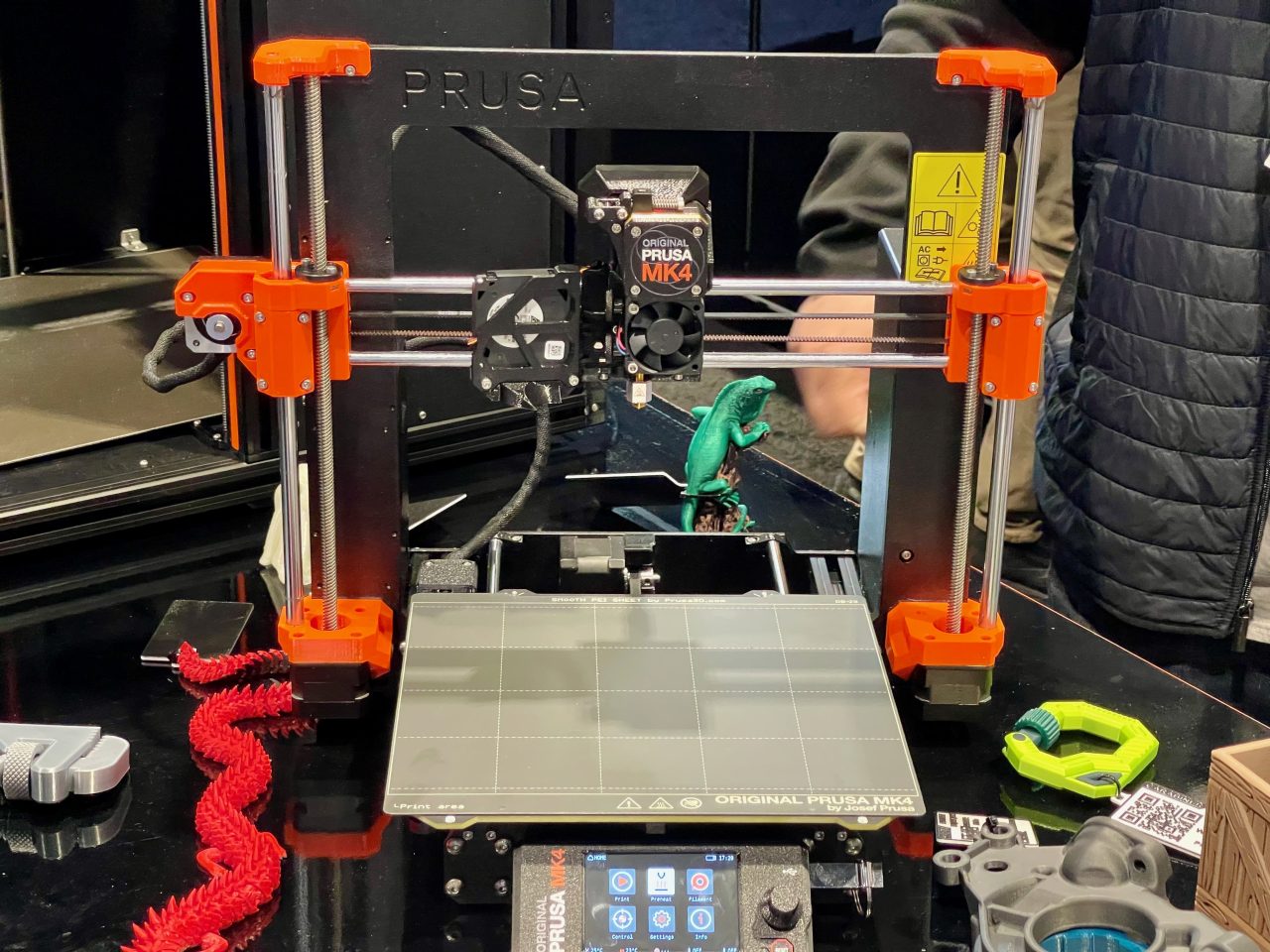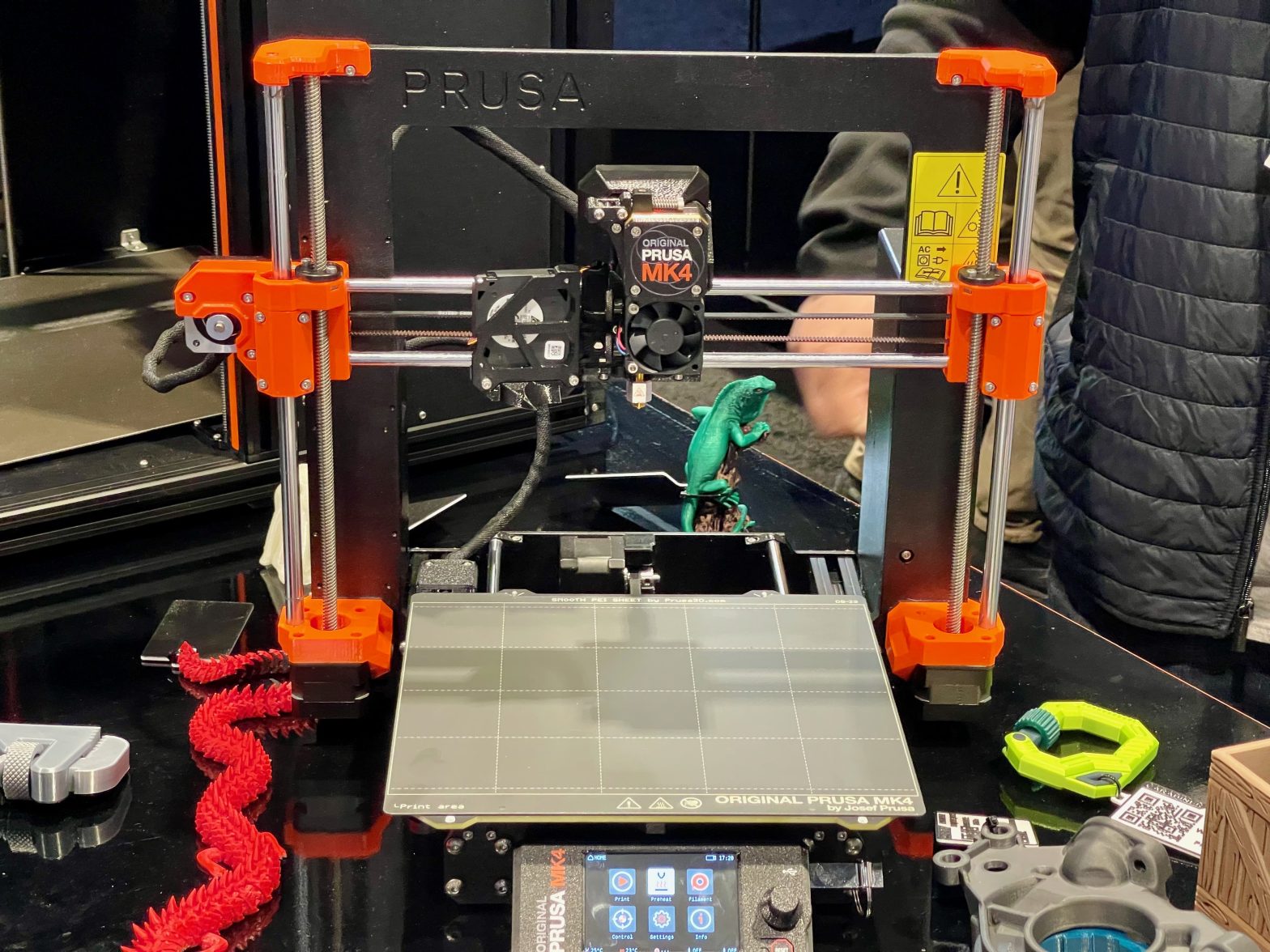
Prusa Research has released their first input shaping firmware.
The company has been rapidly developing this firmware feature, which is critical for high-speed 3D printing. Input shaping accounts for the momentum changes when a printhead changes direction and provides compensation. This eliminates the “ringing” effect that sometimes occurs when printing too fast.
The Firmware Update: Prusa Research’s MK4 and Version 5.0.0-alpha1
Josef Prusa wrote, “We have the alpha Input Shaping firmware ready for you to have a little sneak peek. And it is not just IS; it has completely new precise stepping and proper pressure advance. We had a breakthrough on how to implement all of this together quite late in the MK4 development process, and it makes me super excited that we can share this with you today.”
The firmware update is only for the company’s latest device, the Original Prusa MK4 desktop 3D printer. It’s the only device they offer that is capable of printing at high speeds and, thus, will benefit most from input shaping. Version 5.0.0-alpha1 is an “alpha” release, meaning it’s going to be rough. “Alpha” is before the beta testing stage, where the software is expected to be reasonably complete. In other words, the input shaping feature is very early at this point. Prusa Research said it’s intended only for “experienced users.”
Competitive Pressure and the Future Outlook for Prusa Research
While this is good news for the few that have their hands on the new MK4, it’s also a bit troubling. Prusa Research has been under competitive pressure for months from Bambu Labs. That company, founded by ex-DJI staff, produced a true high-speed desktop 3D printer with a ton of intelligent features and offered it to the market at a price lower than Prusa Research’s older and slower MK3S+ device.
We don’t know the sales figures, but it’s a good bet that Bambu Labs has been taking significant market share from Prusa Research. This is why I believe Prusa Research suddenly announced the MK4 earlier this year, as they had to meet the competition. However, I felt they may have announced it a bit early, as the MK4 did not have all the features ready at the time, including input shaping.
Now, that’s changed with the release of the version 5 firmware. Or not—it’s really just an alpha version, and they have quite a way to go yet before they will be able to offer a ready, production version of the MK4 with input shaping.
Prusa Research didn’t announce any new machines for several years, and in that time, the competition seems to have overtaken them in terms of function and pricing. The MK4 appears to be Prusa Research’s reaction to that competition, and while they’ve made plenty of progress, they are not at the finish line yet.
Meanwhile, there are multiple other desktop 3D printer manufacturers busily preparing their own high-speed devices that could be even less expensive. I expect that a year from now, it will be expected that most typical desktop machines will operate at far higher print speeds.
It’s a good time for 3D printer buyers, but perhaps more challenging for 3D printer manufacturers.


I love my PRUSA MK3’s & MINI. They just run and run and run. For most hobbyists time is not that huge of an issue. My PRUSA machines are so reliable I just let them run at night with NO worries. I’ve NEVER let my BBL X1C run at night. PRUSA support is outstanding. BBL is fair so far. The X1C is an amazing machine. I’m curious how it will fare after the first machine related mechanical problem.